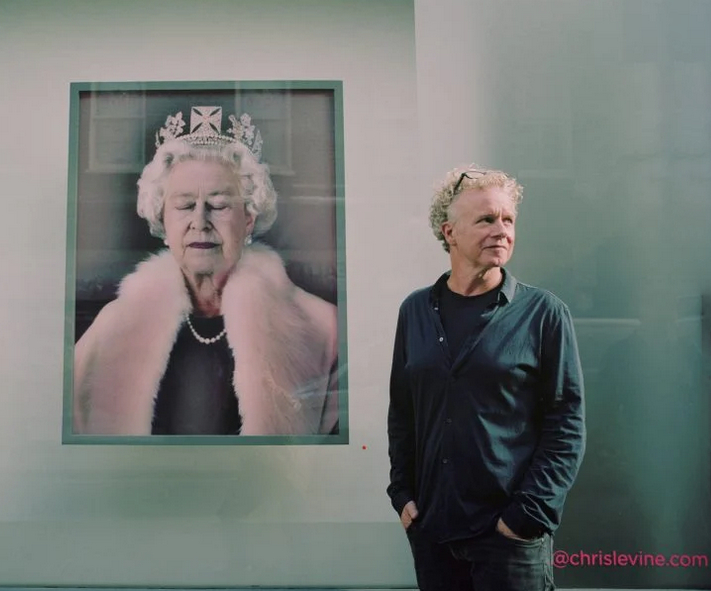general intro
I have relied heavily for this research section on a talk for this assignment called Photographic Typologies given by Glenys Garnett via the Camversations portal earlier this year.
There are differences between ‘collections’ and ‘typologies’ A collection of photographs can include a range of different subjects, locations or colours for example, all held together by a stated theme which helps to pull together disparate images. Just today the Guardian newspaper [16/07/2024] published an article about Jamie Hawkesworth’s 13-year photographic project, a collection of apparently unconnected images that resolve into a body of work called The British Isles. Where alternatively a typology requires some element of repetition and consistency, often bringing together the mundane and taken for granted things in our lives, and creating a whole new story or narrative. When we start taking images that resolve into a typology Glenys Garnett asks the question “do we take photos of things that are interesting or do they become interesting by making them into photos”.
Many of the photographers looked at seem to be creating typologies.
Eadweard Muybridge:

Famously photographed horses in motion to demonstrate that very nearly all the time a horse will have one foot on the ground contrary to the long held view that all four legs left the ground when the horse ran. He then went on to use the same techniques to study other subjects in motion. This collection of images was a scientific use of photography.
August Sanders:
A portrait and documentary photographer. He photographed groups of people typifying their professions and their social class. They were photographed in a stylised and consistent way facing the camera. He called his book ‘People of the 20th Century’. It is said his work influenced other photographers to collect together images of similar subjects that they had photographed in a similar way.

However although his work was destroyed by the Nazi regime in Germany there is a possibility that his work could be related to their interest in genetics phrenology.
Albert Renger-Patzsch

A seminal book called ‘The World is Beautiful’. Illustrates the idea that the mundane overlooked ‘things’ in our daily lives are worthy of attention.
Whilst the images are not in collections as such they do illustrate some of the characteristics in the individual images: patterns, repetition, form, lines.
Hilla & Bernd Becher
Published Anonymous Sculptures (1970) a typology of Technical Construction, a book containing pages of images of the overlooked structures of an industrial world. Pit head gears, water towers, categorising images according to function.

Rineke Dijkstra & Diane Arbus & Walker Evans: influenced by Sanders
Edward Ruscha

Most well known for his book Twenty-six Gasoline Stations 1963 which contains photographs of all the petrol stations along Route 66 between his parents home in Oklahoma and his home in Los Angeles. These were more snapshots than artistic representations. The notable thing about this book is that it was almost a zine, a mass produced booklet, meant to be consumed as cheaply possibly, like a magazine.
Penelope Umbrico
A photographic appropriation artist. One of her most famous art works is Sunsets Flickr. To produce this work she accessed all the sunset images she could find on Flickr and cropped out the sun from thousands of photographs collecting them together in one large image. Her idea was formed by the view no one owns the sun.

Andreas Gursky

99cents Gursky 1999
Andreas Gursky is here because he uses some of the features of collections. His large scale images display a repetition of detail, similarities of function and geometrical shapes. He digitally manipulates his images deleting and duplicating elements to acheive the results he desires.
William Egglestone
A pioneering photographer who enabled photographers to see and represent the world in colour. Of interest here is that he photographed the mundane and overlooked. Single images but, in a similar vein as the idea behind collections.

Untitled from Portfolio 10.D.70.V1 (food on shelves), Eggleston 1970





